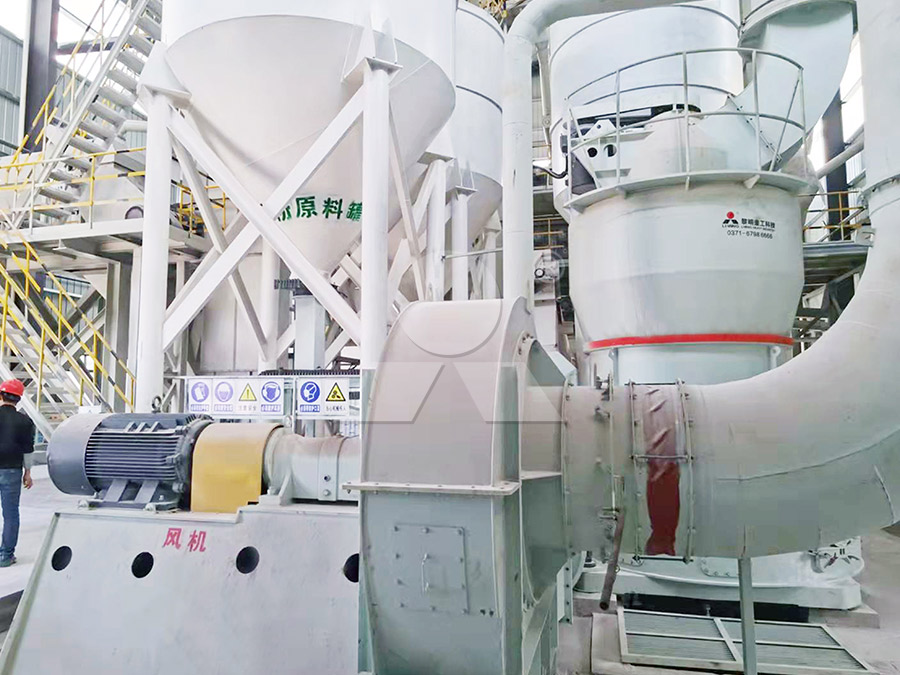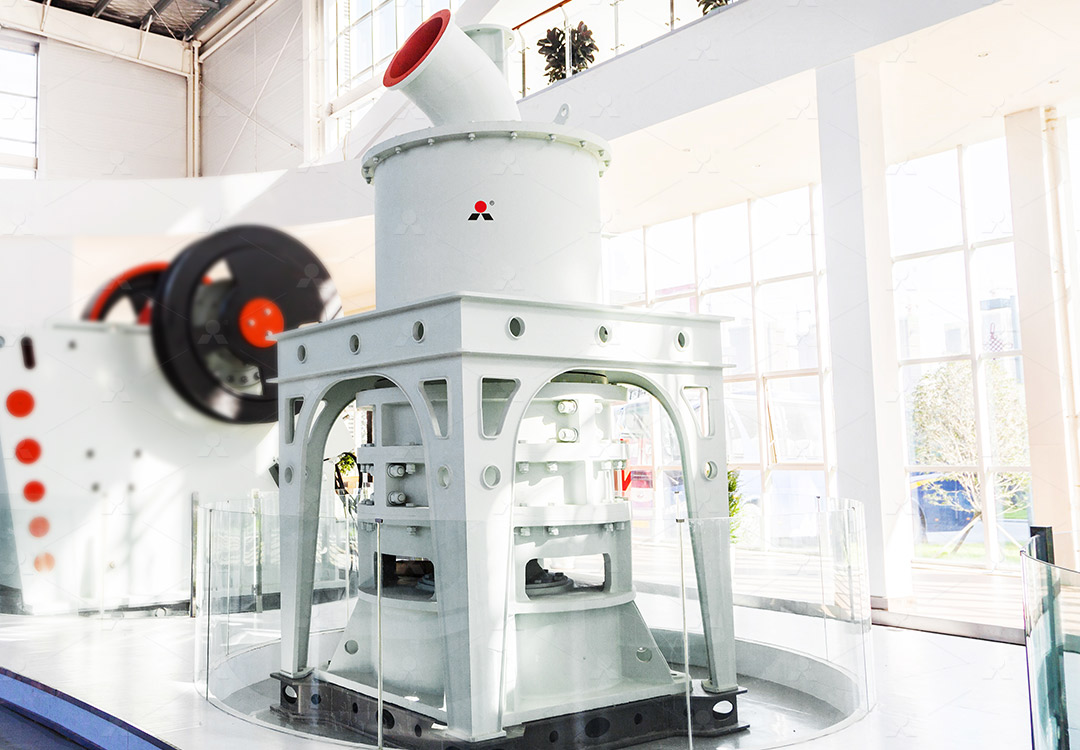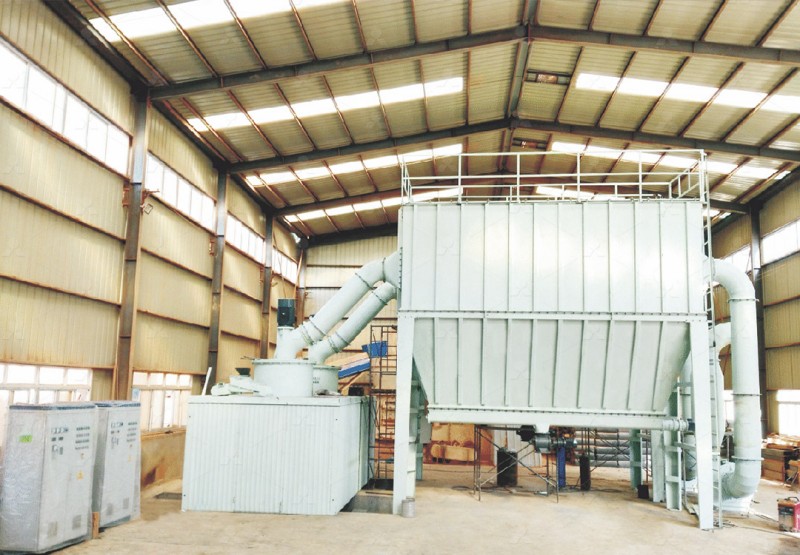Feldspar Wet Milling Process and Equipment Guide
Feldspar Wet Milling Process and Equipment Guide
Feldspar, one of the most abundant minerals in the Earth’s crust, requires precise processing to achieve the particle size distribution necessary for industrial applications like ceramics, glass, and fillers. The wet milling process stands out as a particularly effective method for achieving the high purity and fine particle sizes demanded by these sectors. This guide explores the core principles of wet milling and the equipment engineered to optimize this process.
The fundamental objective of wet milling is to reduce the particle size of a material suspended in a liquid medium. This liquid, typically water, serves multiple critical functions: it acts as a coolant to prevent thermal degradation of the mineral, assists in the transport of material through the mill, and helps to prevent dust generation, making the process inherently cleaner and safer than dry milling. For feldspar, achieving a consistent slurry with a controlled solids concentration is the first step toward a successful milling operation.

The Milling Stage: From Coarse to Fine
Once a homogeneous slurry is prepared, it is fed into the milling chamber. The heart of the wet milling process lies in the comminution zone, where grinding media—such as beads or balls—agitated by a rotating impeller, impart energy to the feldspar particles. This energy causes particle-on-particle and particle-on-media impacts and attrition, resulting in size reduction. The efficiency of this stage is paramount, as it directly influences production capacity, energy consumption, and the final product’s quality.
For operations requiring ultra-fine powders, a standard ball mill may not suffice. This is where advanced grinding technology becomes essential. A highly effective solution for this application is the MW Ultrafine Grinding Mill. Engineered for customers who need to make ultra-fine powder, this machine is a standout choice. It accepts a feed size of 0-20 mm and offers a capacity range of 0.5-25 tph, making it suitable for various production scales. Its newly designed grinding curves for the roller and ring enhance grinding efficiency significantly. With the same fineness and power, its production capacity is 40% higher than jet mills and twice that of ball mills, all while reducing system energy consumption by 30%. Furthermore, its cage-type powder selector allows for precise fineness adjustment between 325 and 2500 meshes, ensuring the exact product specifications for feldspar are met.

Separation and Classification
Following the milling stage, the feldspar slurry contains a distribution of particle sizes. The next critical step is classification, where particles of the desired fineness are separated from those that require further grinding. In wet milling systems, this is often accomplished with hydrocyclones or vibrating screens. The oversize material is typically recirculated back to the mill inlet for further processing, creating a closed-loop system that maximizes yield and efficiency.
Dewatering and Drying
The final steps involve dewatering the fine feldspar slurry to create a filter cake and, if a dry powder is the end product, subsequent drying. Filter presses or rotary dryers are commonly employed. It is crucial to select drying equipment that applies gentle heat to avoid altering the crystalline structure of the feldspar, which could negatively impact its performance in final applications.
For integrated grinding and drying needs, another robust option is the LUM Ultrafine Vertical Grinding Mill. Independently designed with the latest grinding roller and powder separating technology, it integrates ultrafine powder grinding, grading, and transporting. Its unique roller shell and lining plate grinding curve are easier to generate a material layer, enabling a high rate of finished product in a single pass. This design enhances whiteness and cleanliness—key quality metrics for feldspar—while its multi-head powder separating technology reduces energy consumption by 30%-50% compared to common grinding mills.

Frequently Asked Questions (FAQ)
What are the main advantages of wet milling feldspar over dry milling?
Wet milling offers superior dust control, more efficient heat dissipation (preventing thermal damage), and often produces a finer and more uniform particle size distribution. It is generally preferred for high-value, ultra-fine feldspar products.
How do I determine the right mill for my feldspar processing needs?
The choice depends on your target fineness, required capacity, and whether you need a dry or wet process. For ultra-fine wet milling, agitated bead mills are common. For large-scale dry or integrated drying-grinding operations, vertical roller mills like the LUM or specialized ultrafine mills like the MW series are excellent choices.
What is a critical feature to look for in a mill for consistent product quality?
A highly efficient and precise classification system is crucial. Technologies like the German-designed cage-type powder selector in the MW Ultrafine Grinding Mill ensure accurate fineness control and a narrow particle size distribution, which is vital for product consistency.
How important is environmental consideration in mill selection?
Extremely important. Modern mills should incorporate features like efficient pulse dust collectors and mufflers to minimize dust and noise pollution. Both the MW and LUM mills are designed with integrated dust removal systems, ensuring operations meet national environmental protection standards.
